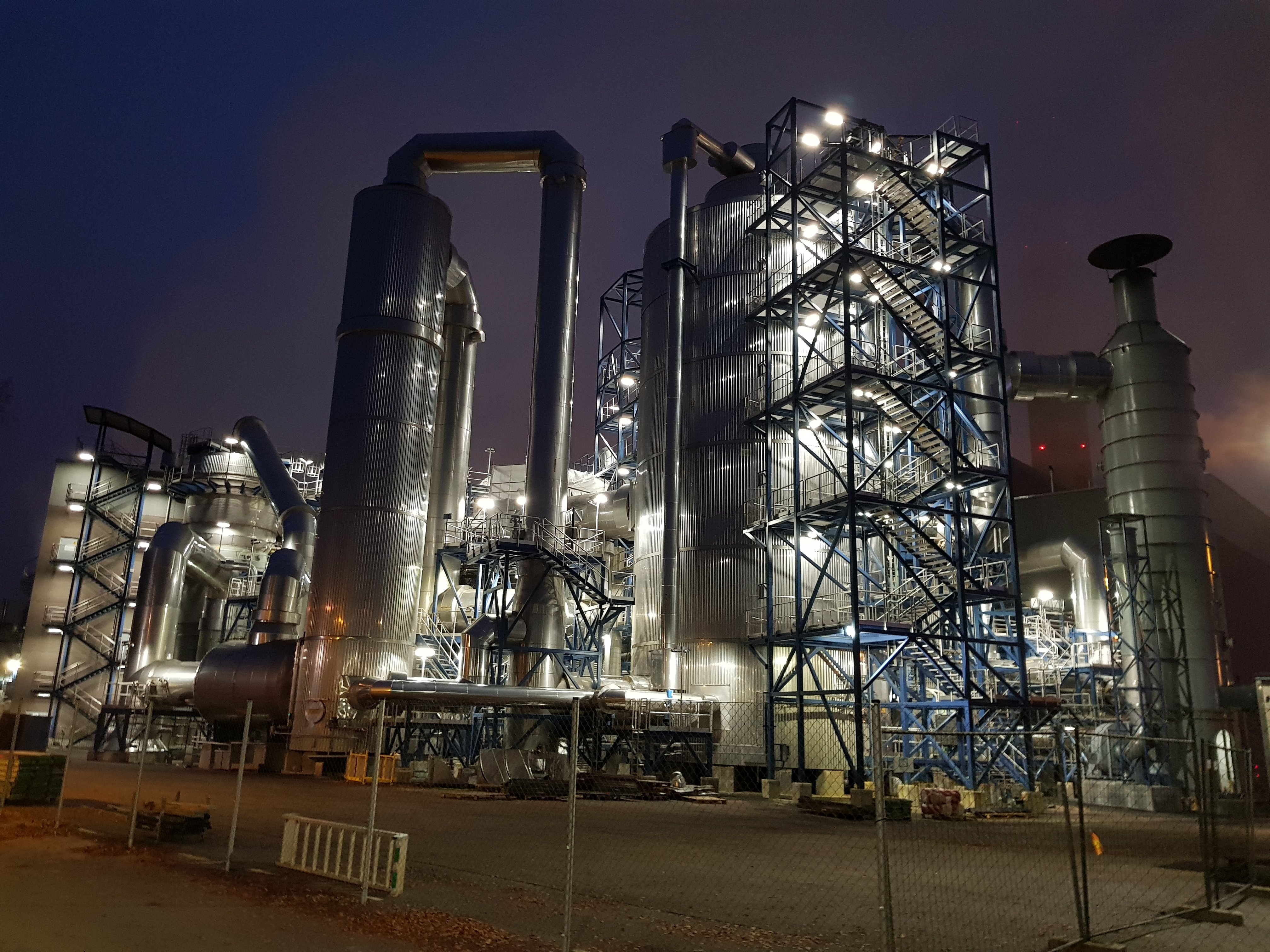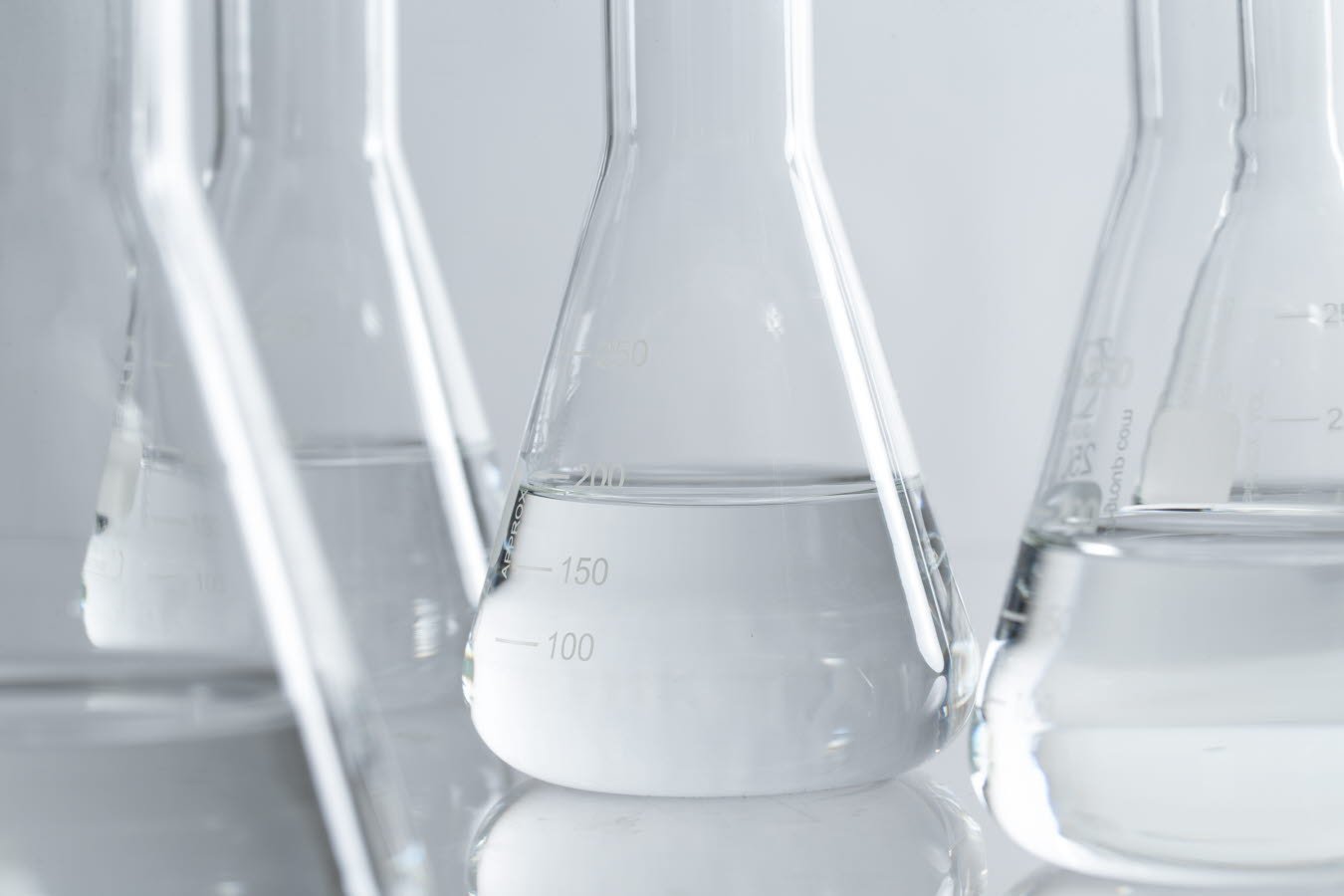Environmental efficiency and increased production in Harjavalta
Focusing on the principles of cleaner and best available technology is part of the Nordic mindset and also part of Boliden’s. Environmental considerations come first when planning the construction, technology and lifecycle of Harjavalta’s new sulphuric acid plant.

Best Available Technology (BAT) is a concept and principal used for technology that minimises the environmental impact from production processes and other installations. For many years, the Nordic countries have applied environmental permit procedures based on these principles. The word technology in the BAT principal has a broad interpretation. The word not only includes the technology used, but also the way in which a plant is constructed, designed, built, maintained, operated and decommissioned. The purpose is to prevent emissions by using the most effective technological solutions.
“In the environmental permit for the new sulphuric acid plant, operations at the future factory are compared with the EU’s reference BAT documents (BREFs) that describe the best available technology for various industrial sectors. Boliden’s new sulphuric acid plant meets and in certain respects even surpasses the reference points in the BREFs,” project manager Timo Suutari explains.
Thanks to the latest technology and improved process management, emissions will not increase despite the fact that production capacity in the future plant will be greater. In particular, the diffuse emissions that can occur during disruptions decrease when the new technologies are put to use. Even noise propagation to local residential areas is reduced.
The emission limit for gases from the existing sulphuric acid plant is 680 mg/Nm3 as a daily average, while the corresponding emission limit for the new sulphuric acid plant is 425 mg/Nm3. Using the latest technology, gas concentrations are anticipated to be well below the emission limit. This buffer is necessary despite careful maintenance, as the life cycle of this investment is more than 30 years.
The new plant is expected to reduce sulphur dioxide emissions by 20-25 percent. Even the diffuse emissions that can occur during disruptions decrease when the new technologies are put to use.
“Sulphuric acid plants tend to be bottlenecks at smelting plants. When the smelter is running at full capacity, the sulphuric acid plants are pushed to the limit, which increases the risk of diffuse emissions. When the washing section at the new plant is completed, emission handling will also be improved, since the sulphuric acid plant can then handle approximately 30 percent larger gas volumes,” says Esa Peuraniemi, Development Manager.
When it’s in operation, the new sulphuric acid plant’s cooling water volume will also be reduced by 40 per cent thanks to more effective recycling of waste heat when heat is partially recovered from steam instead of conventional cooling via a heat exchanger. At the same time, the discharge of metals to water will drop by around 10 per cent.
The plant will be commissioned in two stages. The absorption section began operations in late summer 2018. The washing section will be introduced in spring 2019.
